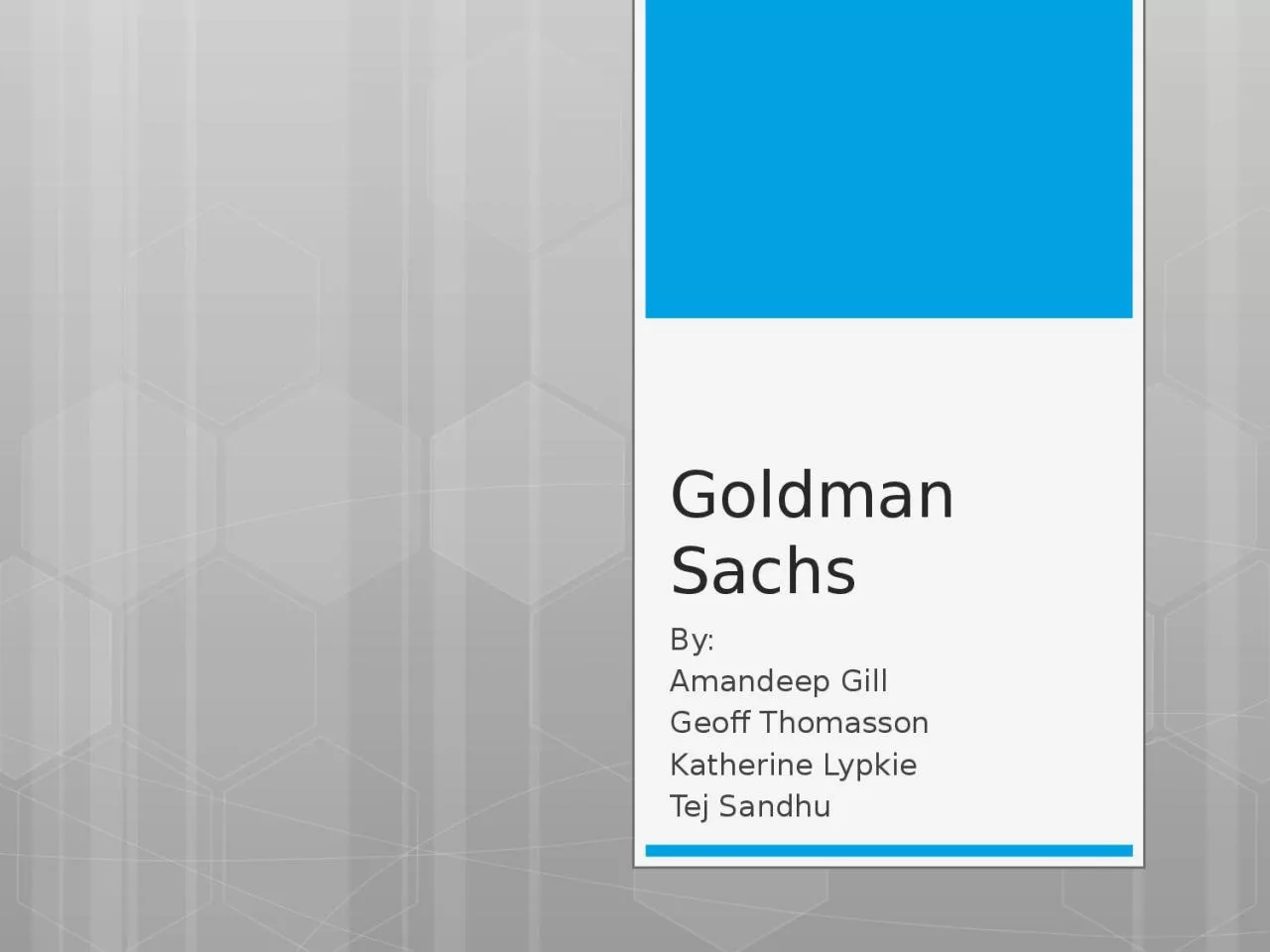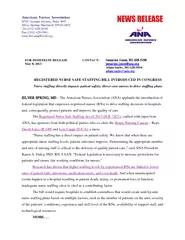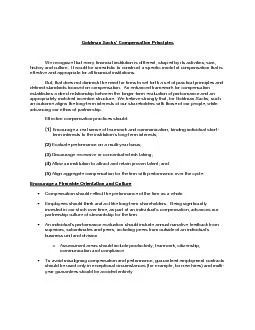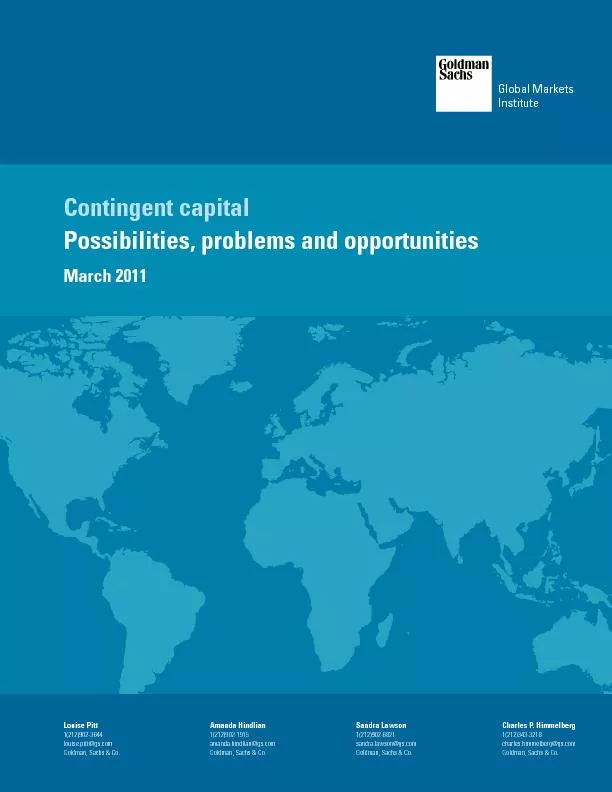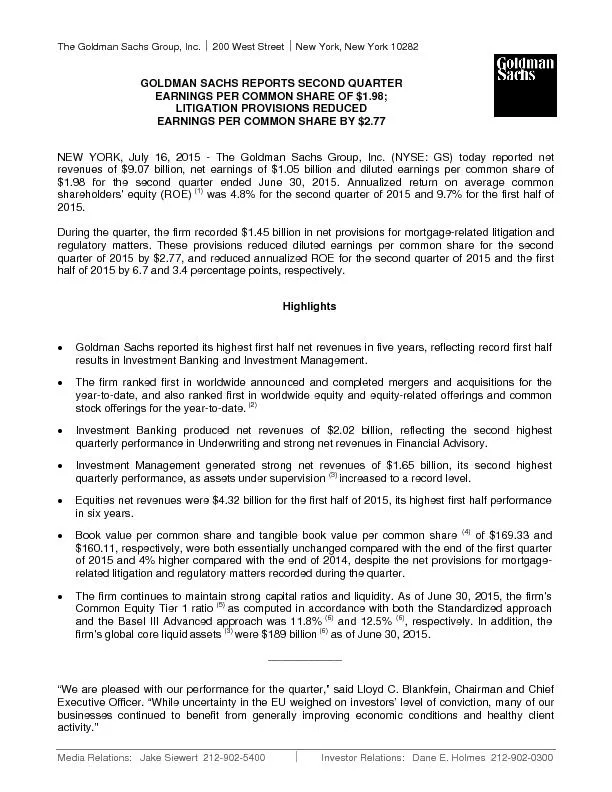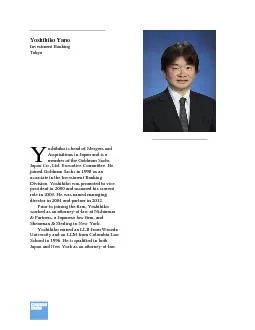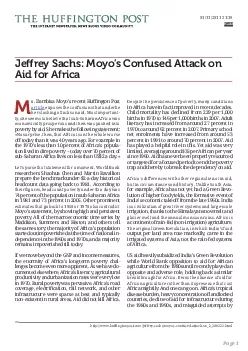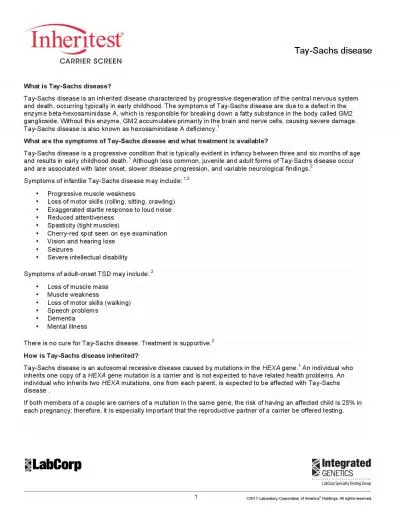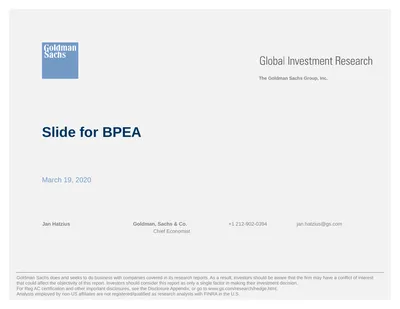PPT-Goldman Sachs By: Amandeep
Author : melanie | Published Date : 2023-11-04
Gill Geoff Thomasson Katherine Lypkie Tej Sandhu Agenda Goldman Overview Risk Management Environment Market Risk Credit Risk Liquidity Risk Operational Risk
Presentation Embed Code
Download Presentation
Download Presentation The PPT/PDF document "Goldman Sachs By: Amandeep" is the property of its rightful owner. Permission is granted to download and print the materials on this website for personal, non-commercial use only, and to display it on your personal computer provided you do not modify the materials and that you retain all copyright notices contained in the materials. By downloading content from our website, you accept the terms of this agreement.
Goldman Sachs By: Amandeep: Transcript
Download Rules Of Document
"Goldman Sachs By: Amandeep"The content belongs to its owner. You may download and print it for personal use, without modification, and keep all copyright notices. By downloading, you agree to these terms.
Related Documents

